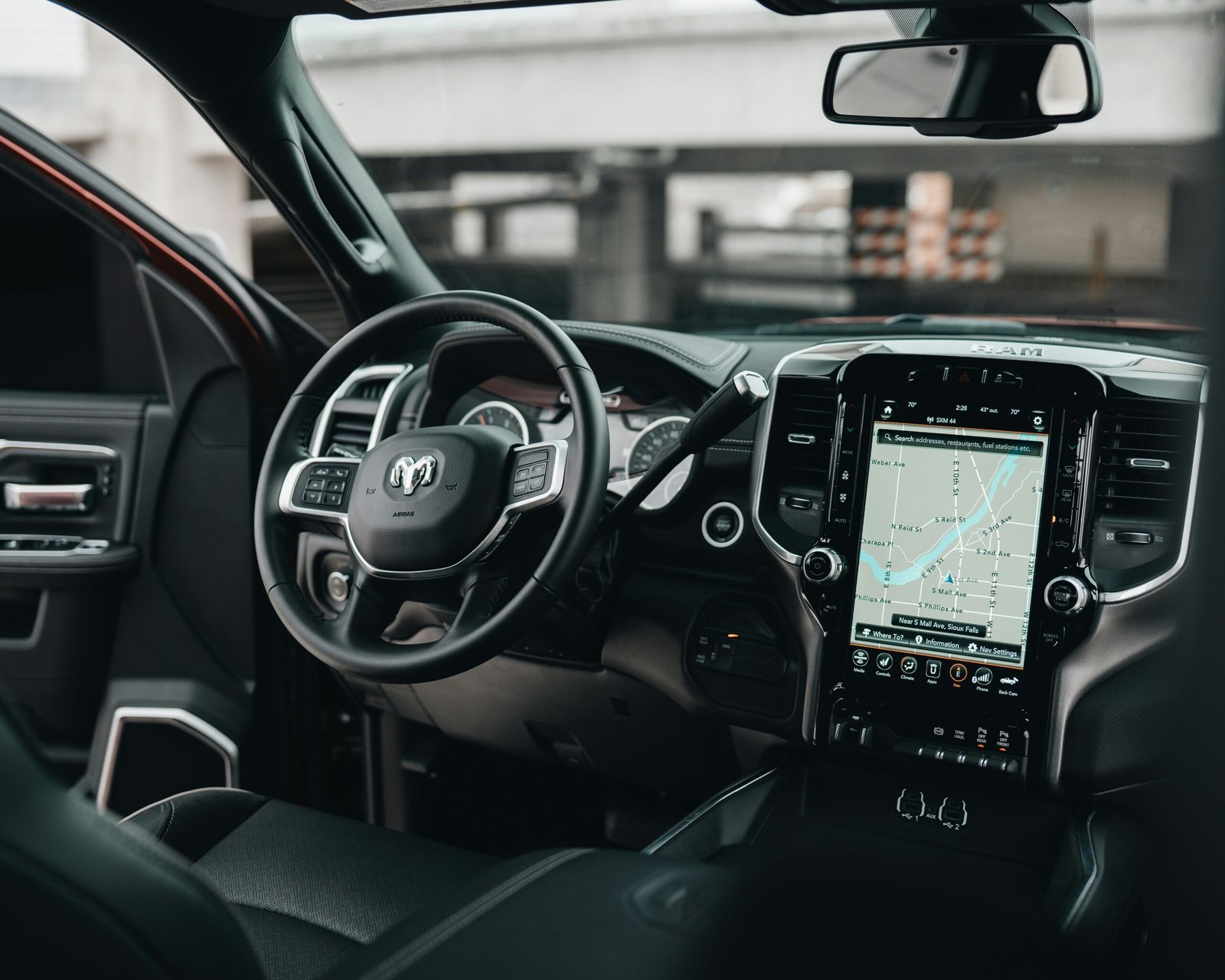
Understanding the Role and Function of Car Electronic Parts
In today’s modern world, cars are equipped with a wide array of electronic parts that play a crucial role in ensuring their performance, safety, and comfort. From the engine management system to the entertainment system, these electronic components have revolutionized the automotive industry. This article aims to provide a comprehensive understanding of the various car electronic parts and their functions.
Engine Control Unit (ECU)
The Engine Control Unit, commonly known as the ECU, is one of the most important electronic parts in a car. It acts as the brain of the engine, controlling various aspects of its operation. The ECU receives data from sensors throughout the vehicle and uses this information to optimize engine performance, fuel efficiency, and emissions. It also controls other components such as the fuel injectors, ignition system, and exhaust system.
Anti-lock Braking System (ABS)
The Anti-lock Braking System is a safety feature that prevents the wheels from locking up during hard braking, allowing the driver to maintain steering control. The ABS utilizes sensors to monitor the rotational speed of each wheel. If the system detects a wheel about to lock up, it automatically modulates the brake pressure to that wheel, ensuring maximum braking efficiency and stability.
Electronic Stability Control (ESC)
Electronic Stability Control is another important safety feature that helps prevent skidding and loss of control. It uses sensors to monitor the vehicle’s movement and compares it to the driver’s intended direction. If the system detects a loss of traction or deviation from the intended path, it selectively applies the brakes to individual wheels and adjusts engine power to help the driver regain control.
Infotainment System
The infotainment system is the central hub for entertainment, communication, and navigation in a car. It includes features such as touchscreen displays, audio systems, Bluetooth connectivity, GPS navigation, and smartphone integration. The infotainment system enhances the driving experience by providing access to music, hands-free calling, real-time traffic updates, and other multimedia functions.
Keyless Entry System
The keyless entry system allows drivers to lock, unlock, and start their vehicles without using a traditional key. It typically uses a key fob or a smartphone app to communicate with the car’s electronic control module. When the driver approaches the vehicle, the system automatically detects the key fob or smartphone and unlocks the doors. This system offers convenience and enhances security by eliminating the need for physical keys.
Adaptive Cruise Control (ACC)
Adaptive Cruise Control is an advanced driver-assistance system that automatically adjusts the vehicle’s speed to maintain a safe distance from the vehicle ahead. It uses sensors, such as radar or cameras, to detect the distance and relative speed of the vehicle in front. The ACC system then adjusts the throttle and brakes to keep a safe following distance, providing a more relaxed and convenient driving experience.
Conclusion
Car electronic parts have revolutionized the automotive industry, enhancing performance, safety, and convenience. From the Engine Control Unit that optimizes engine performance to the infotainment system that provides entertainment and navigation features, these electronic components have become an integral part of modern vehicles. Understanding the role and function of these electronic parts is essential for both car enthusiasts and everyday drivers, as it enables them to make informed decisions and appreciate the technological advancements in the automotive world.
